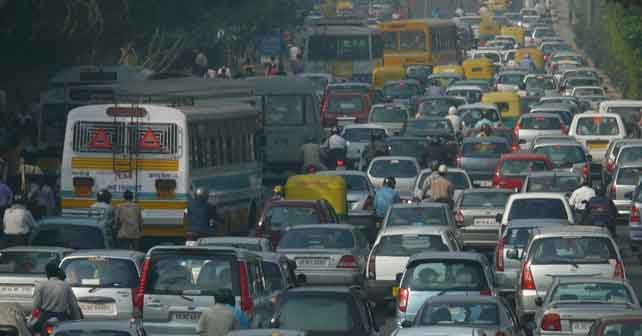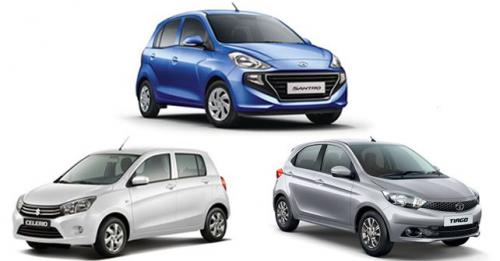
A sudden temporary ban has been implemented by the Supreme Court which has stopped sale and registration of diesel cars in Delhi with an engine size of larger than 2.0 litres
The Supreme Court of India has passed an order that temporarily bans the sale and registration of diesel cars with engines displacing more than 2,000cc in New Delhi. The temporary ban has been imposed till the 31st of March, 2016. The court states that the ban has been implemented in an attempt to reduce pollution as Delhi is said to be experiencing one of the worst bouts of toxic smog in the city’s history.
Along the same lines, commercial vehicles registered before the year 2005 will not be allowed to enter Delhi. The traffic police will be directed to give alternate directions to commercial vehicles that are not Delhi bound and use the National Highway 1 or National Highway 8 through Delhi. The green tax imposed on commercial vehicles for entering Delhi has also been doubled.
In addition, all taxis in New Delhi have been ordered to run on CNG by the 31st of March, 2016.
The Supreme Court’s order comes as a response to the National Green Tribunal’s (NGT) directed that registration for all diesel cars in Delhi be banned. The NGT imposed this as an interim measure till the 6th of January, 2016.
While any move to curb pollution is a welcome initiative, the reality of a situation should be considered thoroughly before arriving at a decision to help curb pollution.
There is no argument against facts that cars cause pollution and more so diesel ones which emit pollute significantly more in terms of nitrogen dioxide or NOx as commonly referred to.
However, a recent study on air pollution in Delhi that has been released by IIT Kanpur gives us a clearer picture as to the root sources of pollution. The general outline is that 60 per cent of the pollution in Delhi is due to power plants in and around Delhi, cooking, road dust and stubble burning in and around the national capital region. And 40 per cent of pollution is caused by vehicular emissions. Of this 40 per cent, 24 to 25 per cent of emissions are caused by heavy commercial vehicles, 18 per cent by two wheelers and 14 to 15 per cent by passenger vehicles.
Sudden orders like banning large capacity diesel cars while good to curb pollution may not be the best way to tackle the situation. Most two-wheelers for example still have carbureted engines and do not comply with the BS IV norms in Delhi. As indicated by statistics in the IIT Kanpur study, the government should be taking immediate measures to reduce pollution from two-wheelers. As it has done for passenger and commercial vehicles in the region.
The people of Delhi would also like to know what the Government and NGT are doing to curb pollution from the other sources of pollution that account for 60 per cent of pollution caused in the region. For example, it would be easier to control pollution from power plants while limiting stubble burning and cooking is rather more difficult.
The NGT also means to impose an even and odd registration number ban on alternate days for cars in Delhi during a trial period from January 1 to January 15, in order to reduce pollution. Although, it remains to be seen as to how Delhi will gear up to cope with the increased number of people commuting via the already overburdened and inadequate public transport system in the city which will also lead to increased transit times for people.
Also read: Difficult Time Awaits Tesla























Write your Comment